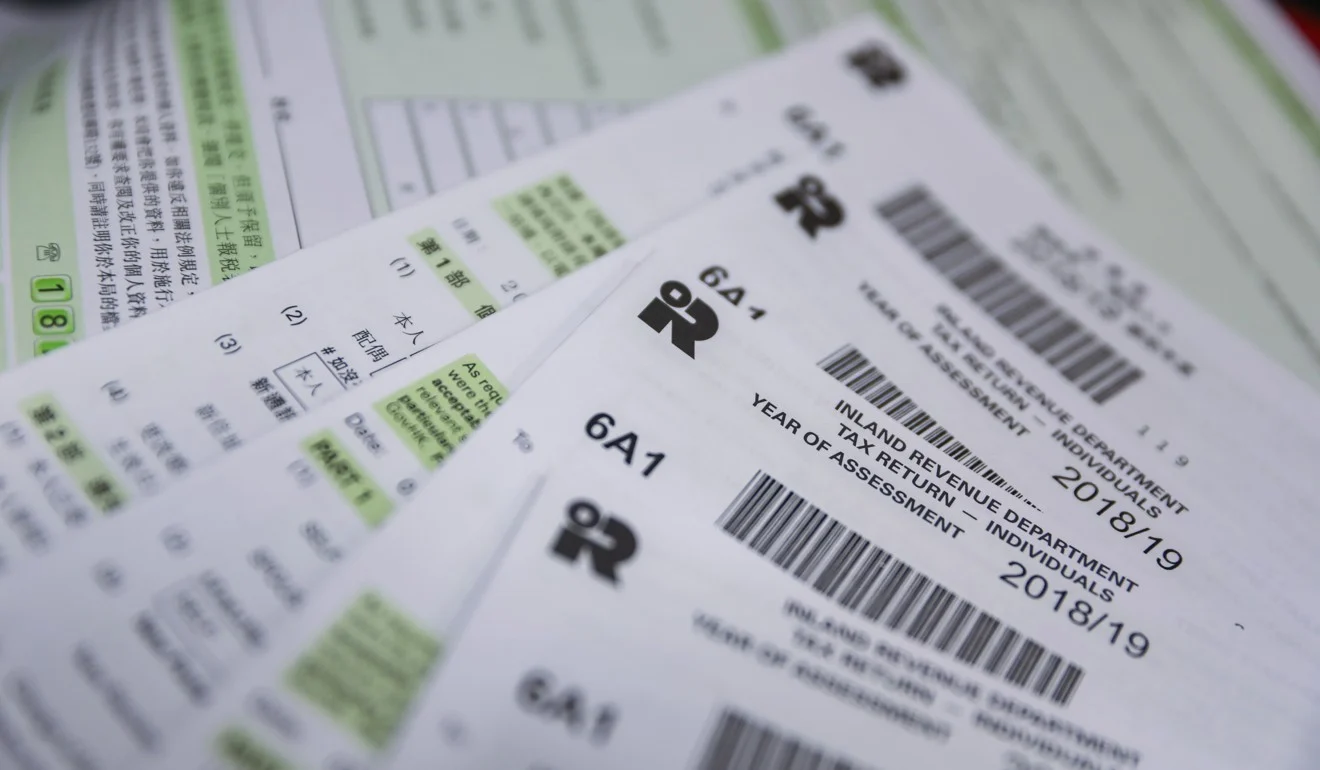Paying rent in Hong Kong’s expensive property market? You might be eligible for tax savings through either your company’s rental reimbursement scheme or the government’s domestic rent deduction. But which option puts more money back in your pocket?
Let’s break down both options in simple terms!
How Company Rental Reimbursement Works
Many Hong Kong employers offer rental reimbursement schemes that can significantly reduce your taxable income. Here’s how it works:
- Your company “reimburses” you for your rental payments
- They report your income to the IRD after deducting the approved rent expense
- The IRD then adds back 10% of your reported income as a “rental value” to calculate your tax
Real-world example:
- Your annual income: $1,000,000
- Your monthly rent: $20,000 ($240,000 annually)
- Your company reports your income as: $760,000 ($1,000,000 – $240,000)
- IRD adds back 10% rental value: $76,000 (10% of $760,000)
- Your taxable income becomes: $836,000
- Tax savings: You’re taxed on $836,000 instead of $1,000,000!
That’s a reduction of $164,000 in taxable income, which could save you up to $27,880 in tax (at the 17% rate)!
The 9% Rule: When Rental Reimbursement Doesn’t Work
Rental reimbursement isn’t always beneficial. Here’s a simple rule of thumb:
If your annual rent is NOT more than 9% of your annual income, you should NOT join the rental reimbursement scheme.
Why? Because in these cases, the 10% rental value added back by the IRD will be higher than your actual rent, increasing your taxable income instead of reducing it!
Domestic Rent Deduction: The Newer Alternative
Since the 2022/23 tax year, Hong Kong has introduced a domestic rent deduction for people who don’t own any property in Hong Kong.
Key features:
- Maximum deduction: $100,000 per year
- Eligibility: Must not own any domestic premises in Hong Kong
- Requirement: Must have a properly stamped lease agreement
This is a straightforward deduction from your taxable income, potentially saving you up to $17,000 in tax (at the 17% rate).
Rental Reimbursement vs. Domestic Rent Deduction: You Can’t Have Both!
Important note: These two tax-saving methods are mutually exclusive – you must choose one or the other.
How to decide? Compare these two calculations:
For rental reimbursement: Calculate your rent minus the 10% rental value:
- Annual rent – (10% × [Annual income – Annual rent])
For domestic rent deduction: Simply take the lower of:
- Your annual rent
- $100,000 (the cap)
Choose whichever method gives you the higher deduction!
Special Case: Serviced Apartments
Renting a serviced apartment? Be careful!
Many serviced apartments provide license agreements rather than formal lease agreements. Since license agreements typically don’t give you exclusive rights to the property, they’re not subject to stamp duty.
Without a stamped lease agreement, you cannot claim the domestic rent deduction. In this case, company rental reimbursement might be your only option.
Worked Example: Making The Right Choice
Let’s see how this works with different income and rent scenarios:
Scenario 1: High Income, High Rent
- Annual income: $1,200,000
- Monthly rent: $25,000 ($300,000 annually)
- Rent as percentage of income: 25%
Rental reimbursement calculation:
- Reported income: $900,000
- 10% rental value: $90,000
- Taxable income: $990,000
- Tax savings from original: $210,000 in taxable income
Domestic rent deduction:
- Maximum deduction: $100,000
In this case, rental reimbursement provides more tax savings.
Scenario 2: Lower Income, Moderate Rent
- Annual income: $600,000
- Monthly rent: $14,000 ($168,000 annually)
- Rent as percentage of income: 28%
Rental reimbursement calculation:
- Reported income: $432,000
- 10% rental value: $43,200
- Taxable income: $475,200
- Tax savings from original: $124,800 in taxable income
Domestic rent deduction:
- Maximum deduction: $100,000
Here, rental reimbursement still wins.
Scenario 3: High Income, Lower Rent
- Annual income: $1,000,000
- Monthly rent: $8,000 ($96,000 annually)
- Rent as percentage of income: 9.6%
Rental reimbursement calculation:
- Reported income: $904,000
- 10% rental value: $90,400
- Taxable income: $994,400
- Tax savings from original: $5,600 in taxable income
Domestic rent deduction:
- Maximum deduction: $96,000
In this case, domestic rent deduction is much better!
Talk To Your Employer
If your company doesn’t have a rental reimbursement scheme, it’s worth discussing with your HR department. Many employers are willing to restructure compensation packages to include rental reimbursement as it doesn’t cost them anything extra but provides significant benefits to employees.
When negotiating:
- Explain the tax benefits for both parties
- Provide documentation of your rent payments
- Be clear about the arrangement’s legal requirements
Final Tips For Maximum Tax Savings
- Always get your lease properly stamped – this keeps both options open to you
- Calculate before deciding – don’t assume either option is automatically better
- Keep proper documentation – rental receipts, stamped lease agreements, and proof of payments
- Consider this when apartment hunting – the tax implications might make a slightly more expensive apartment more affordable after tax
- Review annually – as your income or rent changes, the better option might change too
Understanding these two tax-saving methods can put thousands of dollars back in your pocket each year. Take the time to calculate your options and choose wisely!
Want to learn more about Hong Kong tax deductions? Check out our articles on tax deduction strategies, first-time tax filing, and assessment notices.

